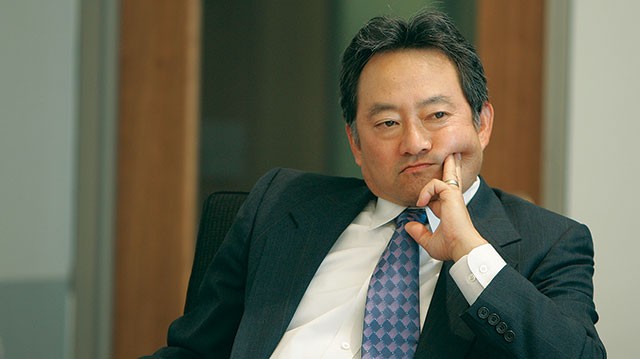By Simon Kerr, Publisher of Hedge Fund Insight
CalPERs, the largest defined benefit plan in the United States, has been a thought leader in the use of hedge funds for investing institutions, but no more. Changes to the power structure within the Retirement System have led to a reversal of the attitude towards investing through hedge funds.
California Public Employees’ Retirement System was an early adopter of the concept of taking exposure to hedge fund investment strategies, with allocations going back as far as 1992. However it is fair to say that the approaches used and the motivations behind the changes to the program have varied considerably through time.
In the most recent incarnation, hedge funds were the means of implementing the absolute return program at CalPERS – with an allocation of 2% of the pension plan’s assets. Ed Robertiello joined CalPERs in June 2012 as Senior Portfolio Manager of Absolute Return Strategies and on appointment his role was described as “to develop investment strategies and policies in the area of absolute return strategies”. He reported directly to the then Chief Investment Officer, Joe Dear.
The conceptual role of hedge fund allocations within institutional portfolios is a key issue. And the place of hedge fund allocations within the asset class mix of the pension plan is an indicator of the role the hedge fund allocations are to play. Investing institutions which spread hedge funds through all the asset classes tend to view hedge funds as expensive sources of alpha, or as a the most active part of a mix of passive and active strategies(model one). The other way of including hedge funds in the mix of stocks, bonds and real estate is to include them separately with private equity, forestry, commodities and infrastructure projects as alternatives (model two).
CalPERs conceptual use of hedge funds has been much closer to the second model than the first.
So at CalPERS hedge funds have for a long time been allocated a portfolio role of “absolute return”. Ed Robertiello has consistently made the case for hedge funds to be treated as diversifiers of risk across all the assets, but particularly as diversifiers of CalPERS large equity holdings. The Program’s role was restated as recently as the 24th December 2013 as “to provide diversification to the equity growth risk in the CalPERS overall investment program”. Under this treatment (a model one approach) the allocations of the retirement system to hedge funds were very low at 2%.
However, over the last year or more Head of Global Fixed Income, Curtis Ishii has vehemently insisted on putting the hedge fund allocations in the box of absolute returns (model two above). And his view was that as such, the absolute returns produced by the program did not justify the risks taken.
However, if Senior Portfolio Manager of Absolute Return Strategies Robertiello, had been winning the argument as far as CIO Joe Dear was concerned, that has been to no avail. Joe Dear was forced to take a back seat at CalPERS through illness, and sadly he died three months ago.
At the turn of the year Ted Eliopoulos became acting CIO of CalPERS, and on appointment he instructed Curtis Ishii to conduct a review of the absolute return program of the pension plan. At the same time Robertiello was told to report to Curtis Ishii.
That change of reporting line could only carry one inference – the hedge fund allocations of CalPERS were going to stay conceptually as an absolute return program rather than portfolio-wide diversifiers. And the Head of Global Fixed Income thought the returns in that role did not live up to the promise. It was his area to control, and he ordered a reduction to the assets in the program before the review of the program had been completed.
CalPERS $5.3 billion hedge fund allocation is in the process of being reduced to $2.5bn. The number of direct investments in hedge funds has been cut from 13 to 10, and redemption notices have been sent to the 10 remaining managers to reduce the size of capital commitments.
Over the years the California Public Employees’ Retirement System has struggled to find the best way to co-opt the benefits of investing in hedge funds into its world view and hence into its portfolio structure. The latest changes to the absolute return program at the pension system show that how investing institutions conceptualise hedge funds, and the reporting lines that follow from the logic of the role and position of hedge funds within the portfolio are key elements of success of investing in hedge funds. The returns and fees are a long way from being the whole story in the context of a very large asset management entity.

